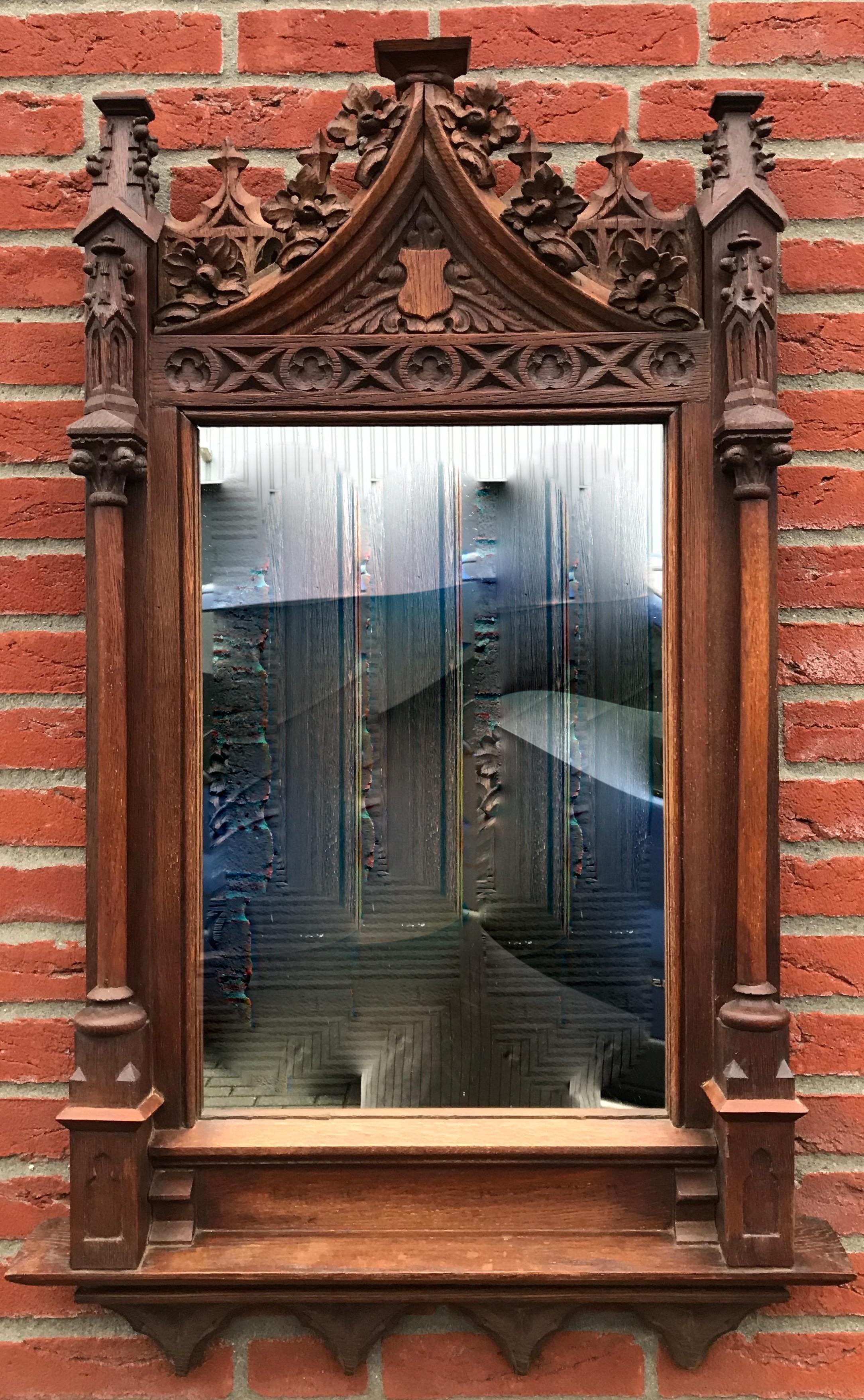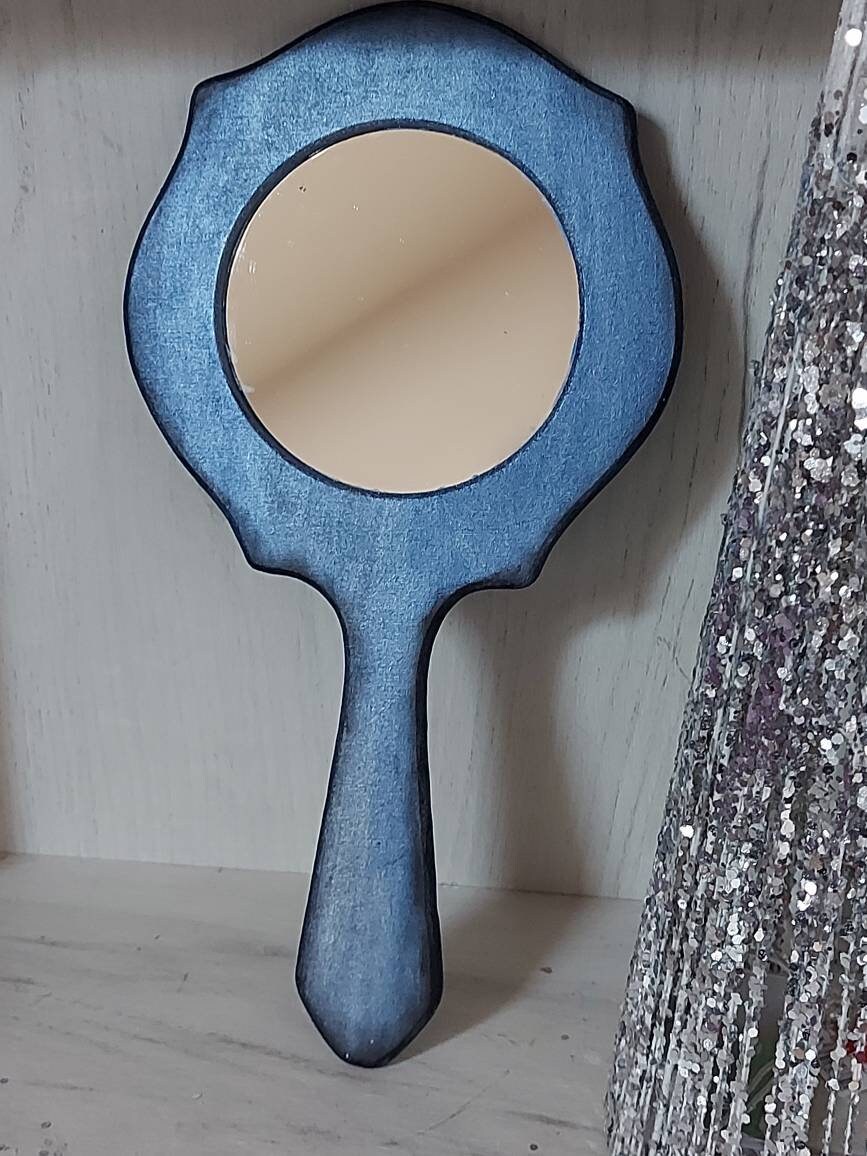

Monet is known for working in series, depicting the same motif over and over in changing conditions of weather, season, time of day, etc.

It was not until the end of his life, due to old age and the difficulties of failing eyesight and cataract surgeries, that Monet painted primarily near home. However, Monet also traveled extensively during his residency at Giverny, continuing a pattern he had established earlier in his career.

To paint on the river, he used a specially fitted-out floating studio boat. He painted many subjects found at Giverny and the surrounding area, including poppy fields, his two gardens, and scenes on the Seine. Accordingly, there is no identifiable Giverny style, as his art changed and developed during that time. Monet lived in Giverny for more than half his prolific career. In addition to the water plants, Monet’s gardens included many Japanese and other exotic plants.Ĭlaude Monet: Paintings at Giverny Stacks of Wheat (End of Summer) by Claude Monet, 1890/1, via Art Institute of Chicago Because water plants are rather high maintenance, Monet employed eight gardeners to help him at Giverny. In the past few years, the Foundation Claude Monet has worked with the Latour-Marliac nursery to bring the Giverny water lily pond back closer to the way it appeared during Monet’s lifetime. For example, we know that his first order in 1894 included a large number of lotus plants, but he didn’t keep them around for long. Latour-Marliac nursery is still in business today, and surviving receipts make it possible to track which varieties, colors, and quantities Monet ordered in which years. Their vibrant pinks, yellows, and red make Monet’s paintings so striking in turn, his paintings of them helped to popularize the new variety of the plant. Previously, Europeans only had white water lilies. Its founder, Joseph Bory Latour-Marliac, had recently created a new hybrid variety of colorful water lilies and introduced them at the 1889 Paris World’s Fair. Monet purchased all his water plants from the Latour-Marliac nursery. Please check your inbox to activate your subscription Thank you! He collected works by artists like Hokusai and Hiroshige, as well as paintings by his fellow Impressionists. The water garden idea, especially the iconic, wisteria-draped Japanese bridge, may have been inspired by Monet’s interest in Japanese prints. He required permission once again to enlarge the pond a few years later. To create it, he had to receive permission to divert some water from the nearby river. Monet and his family started the flower garden immediately, but he did not begin the more famous water lily pond until 1893. Monet’s house at Giverny has two main gardens, a flower garden, and the iconic water lily pond. It seems that Monet planned his gardens both for his enjoyment and to create subject matter for his paintings.Ĭlaude Monet and His Gardens Monet’s water lily pond and Japanese bridge at Giverny For example, Monet created a wide walkway to the front door by cutting down existing trees, lining it with various plants, and installing a row of green metal arches overhead for plants to grow along. In the landscaping at Giverny, Monet designed the setting in much the same way he composed a painting, by manipulating the colors, light, shade, and sightlines. Almost immediately upon arrival, Monet set his hand to gardening, as he was a lifelong gardening enthusiast. Monet and Hoschedé would marry in 1892.Īt first, Monet and his family rented a pink house with bright green trim they would purchase the same house in 1890. Accompanying him were his lover, Alice Hoschedé, and eight children between the two of them. Monet moved to Giverny a few years after the death of his first wife, Camille, in 1879. He may also have been attracted to the area because of the quality of its lighting situation, similar to that in his former haunts like Argenteuil and Vétheuil. Monet loved painting rivers, the Seine in particular. It was a small farming village when Monet settled there in 1883. Giverny is located at the meeting place of the Seine River and its tributary, the Epte River. Claude Monet and Giverny Claude Monet’s house in Giverny, France


 0 kommentar(er)
0 kommentar(er)
